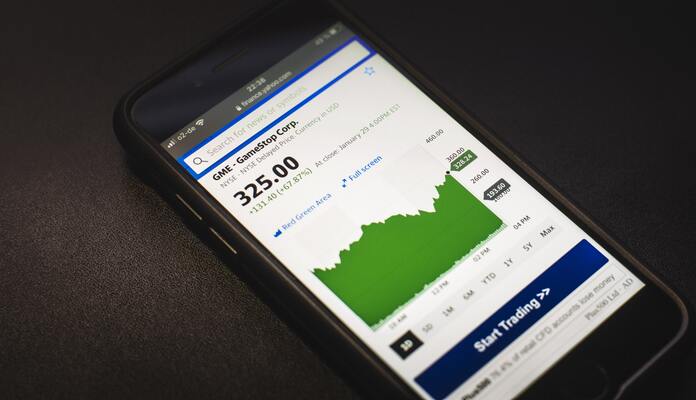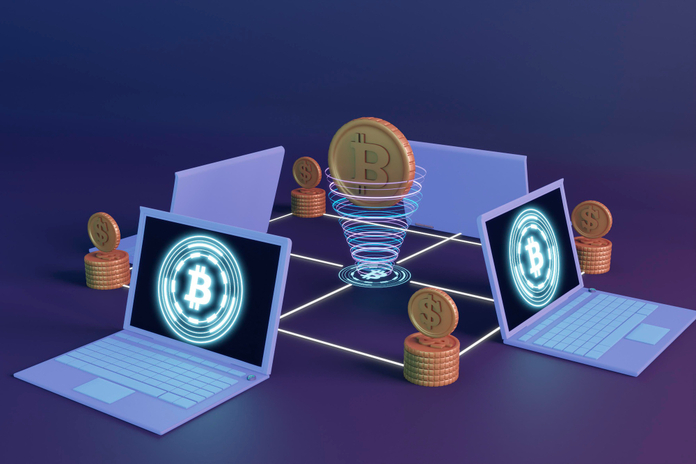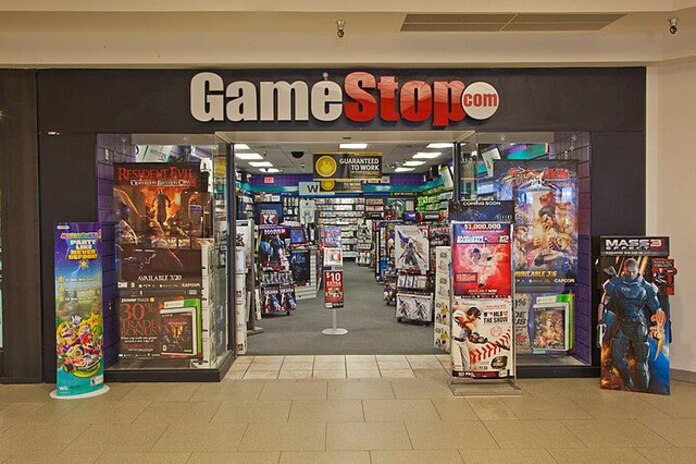Bitcoin Mining Difficulty Sees Major Drop, Largest Since Crypto Winter
This post was originally published on this site

The latest report from Bernstein reveals a notable 6% decline in Bitcoin (BTC) mining difficulty last week, marking the most substantial drop since the crypto winter of December 2022. This downturn is seen as a beneficial shift for miners, particularly those with lower operational costs.
According to analysts Gautam Chhugani and Mahika Sapra, this adjustment in mining difficulty reflects broader market dynamics post-Bitcoin halving, with higher-cost mining rigs being phased out due to escalating costs and lower Bitcoin prices. This has led to a decrease in the overall hashrate—the total computational power used in mining and processing transactions on Bitcoin’s proof-of-work blockchain.
The report highlights that the reduction in hashrate has allowed lower-cost miners to increase their market share by approximately 20 basis points since the halving. Companies like Riot Platforms (NASDAQ:RIOT) and CleanSpark (NASDAQ:CLSK), known for their low production costs and robust financial positions, are particularly well-placed to benefit. These companies are expected to continue consolidating their market share through both organic growth and mergers and acquisitions.
Bernstein also points out that a temporary stabilization in Bitcoin prices could advantage these efficient miners, allowing them to capitalize on their expansion strategies without the pressure of a rising hashrate. Furthermore, when Bitcoin prices eventually regain momentum, these miners are positioned to generate increased revenue due to higher production capabilities.
Despite the current fluctuations, Bernstein does not foresee a significant downturn in Bitcoin prices. They predict that the cryptocurrency will remain range-bound in the short term, with the potential for an upward breakout as spot exchange-traded funds (ETFs) begin to receive allocations from registered investment advisors (RIAs), wealth platforms, and other institutional investors.
Bernstein maintains an ‘outperform’ rating for CleanSpark and Riot Platforms, indicating a favorable outlook for these firms, while Marathon Digital (NASDAQ:MARA) holds a ‘market-perform’ rating, suggesting a more neutral expectation.
Featured Image- Freepik






